
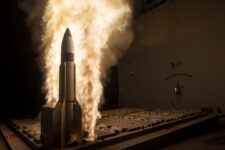
In addition, South Korea will buy four new frigates and create a new air-to-air missile; all told, the three projects will represent roughly $4 billion in investments.
By Colin Clark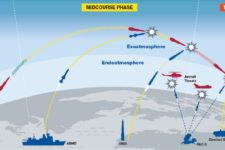
Rapidly delivered digitally advanced and intelligently supported solutions to the warfighter.
By Boeing
Boeing is embracing speed, agility and affordability to deliver the most digitally advanced, simply and efficiently produced, and intelligently supported products and capabilities to outpace the unprecedented threats and challenges of a fast-moving future battlespace.
By BOEING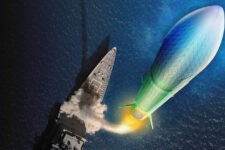
The GPI is being developed to knock down hypersonic missiles as they glide through the Earth’s upper atmosphere at about 70 kilometers in altitude at speeds greater than Mach 5.
By Theresa Hitchens
“We’re gonna down-select … later in the year. Then I have to worry about future budgets, and so that’s what’s really going to throttle” the number of contractors, says MDA Director Vice Adm. Jon Hill.
By Theresa Hitchens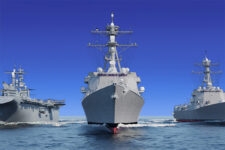
Raytheon Missiles & Defense draws on agile DevSecOps experience to keep the US Navy current.
By Raytheon Missiles & Defense
The joint venture on the SM-3 Block IIA interceptor between Raytheon and the Japanese defense industry could point the way for international defense cooperation in the future.
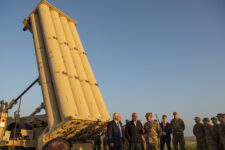
For the first time, the US plugged its high-altitude THAAD into the Israeli missile defense network — just one of the ways the two countries are cooperating against Iran.
By Arie EgoziBy 2021, plans call for Japan to have eight Aegis destroyers, four of them capable of launching the SM-3 Block IIA missiles, whose second successful test in a row comes as a vindication after two previous failures.
By Paul McLeary
Despite increasing uncertainty over President Trump’s surprise proposal to cut $33 billion from defense, the Pentagon’s R&D chief says he’s confident more cash will be pumped into laser weapons and new space capabilities.
By Paul McLeary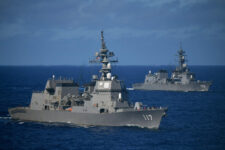
The Japanese government is spending billions on sea and ground-based missile defenses, but all the talk in the Pentagon is on space, as the U.S. scrambles to meet new hypersonic threats from China and Russia.
By Paul McLeary
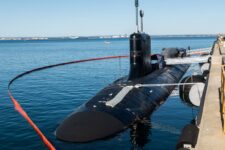
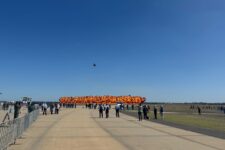
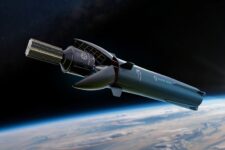
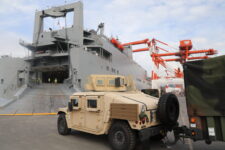

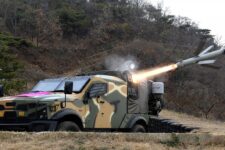
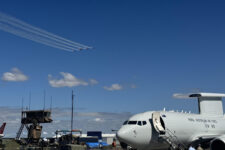



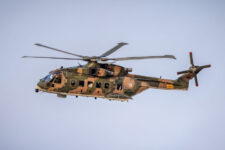
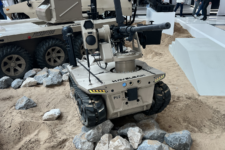
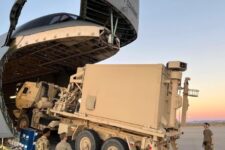
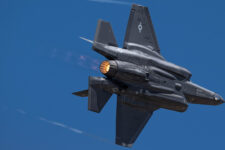


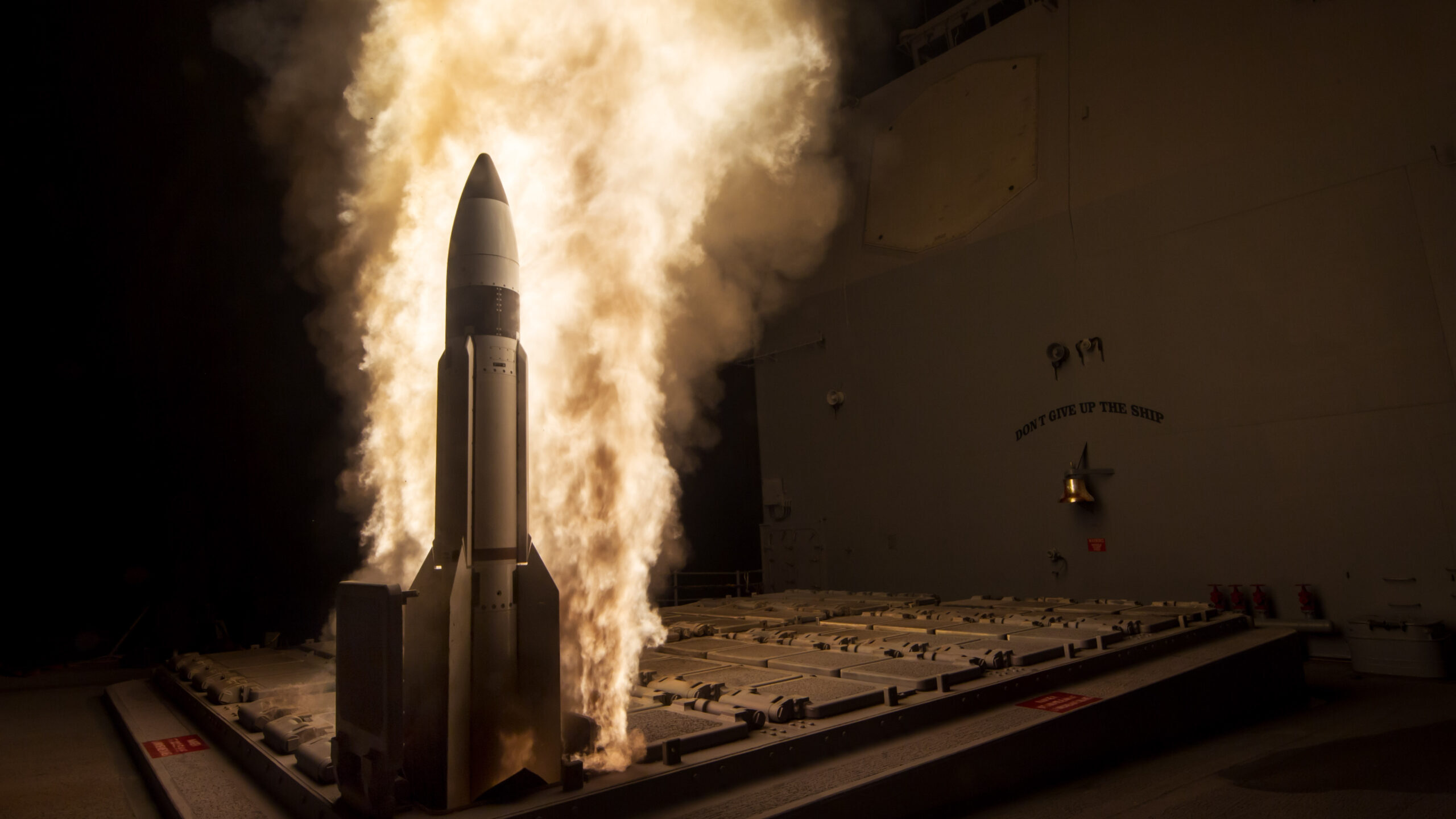

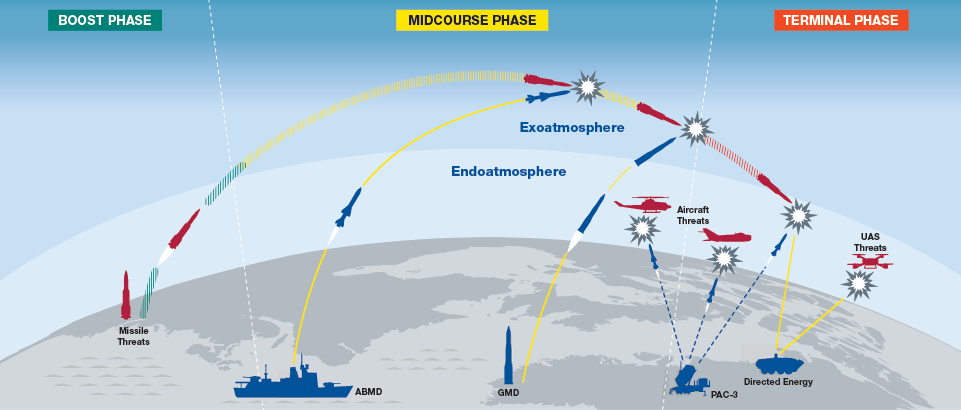

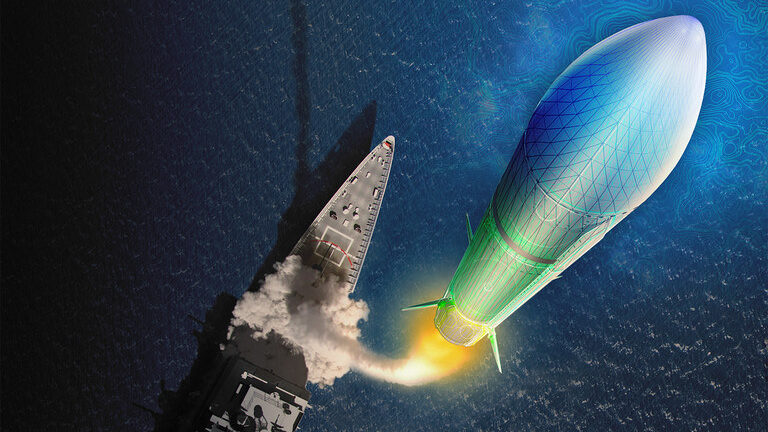




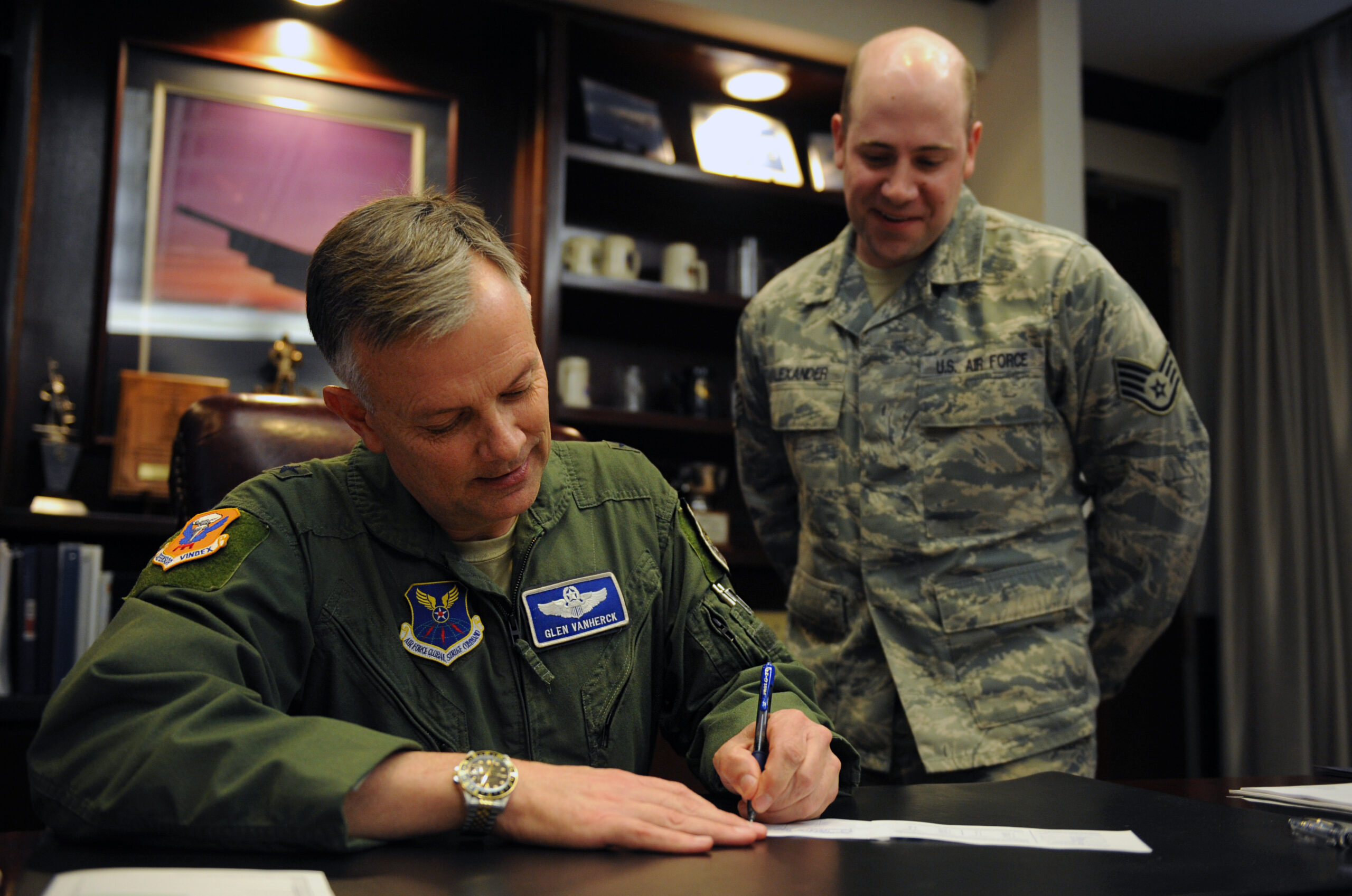
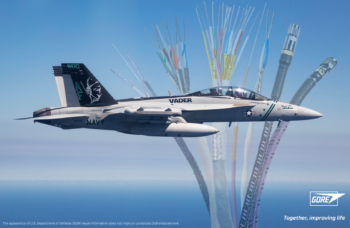

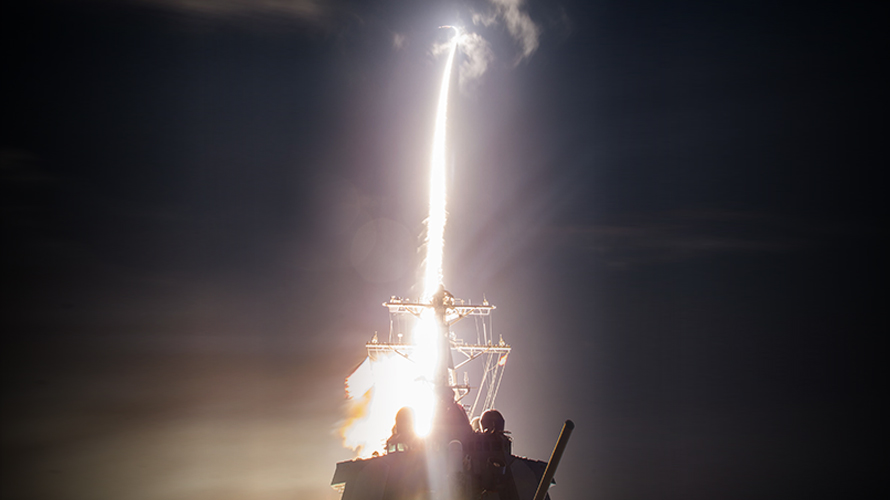
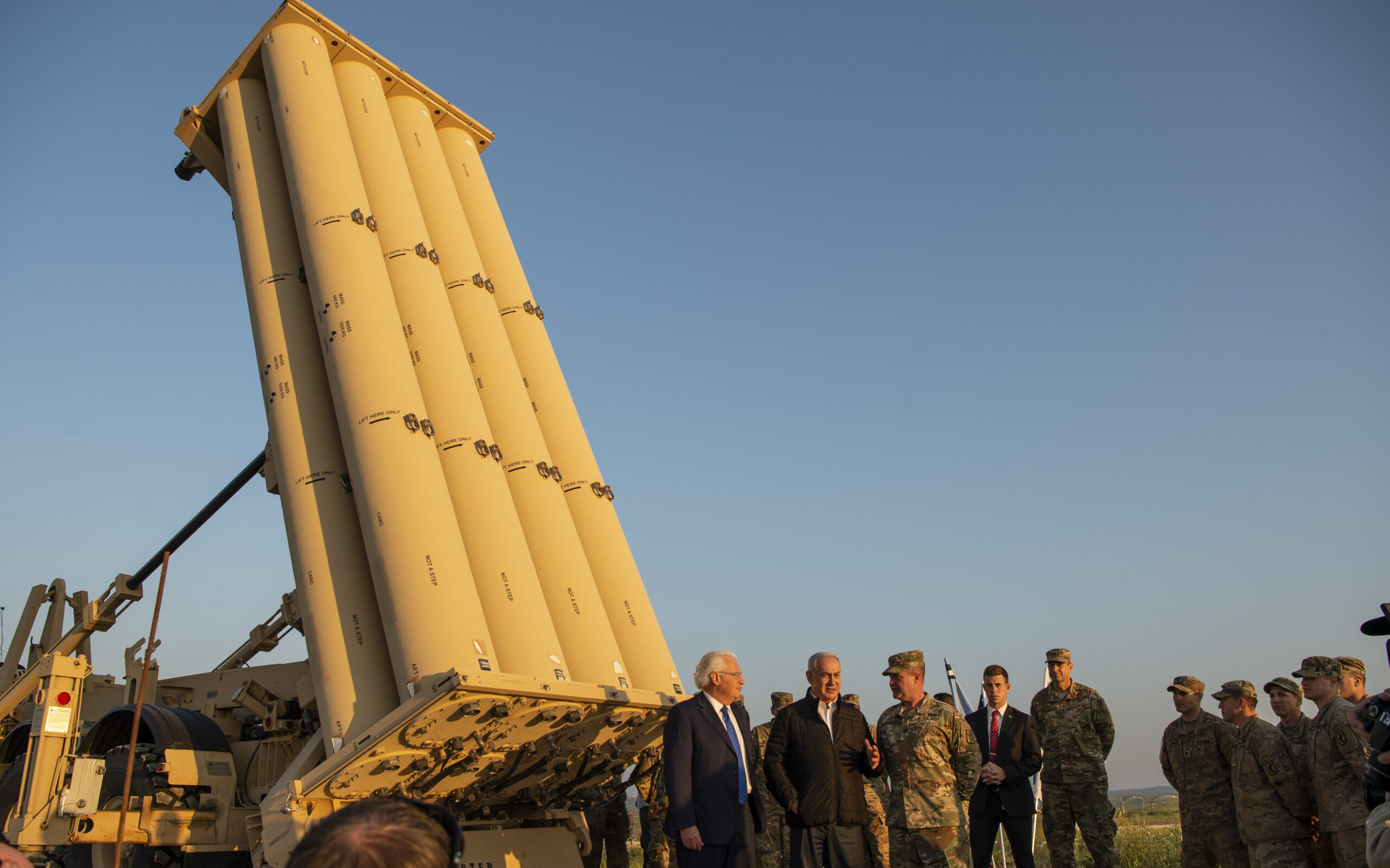
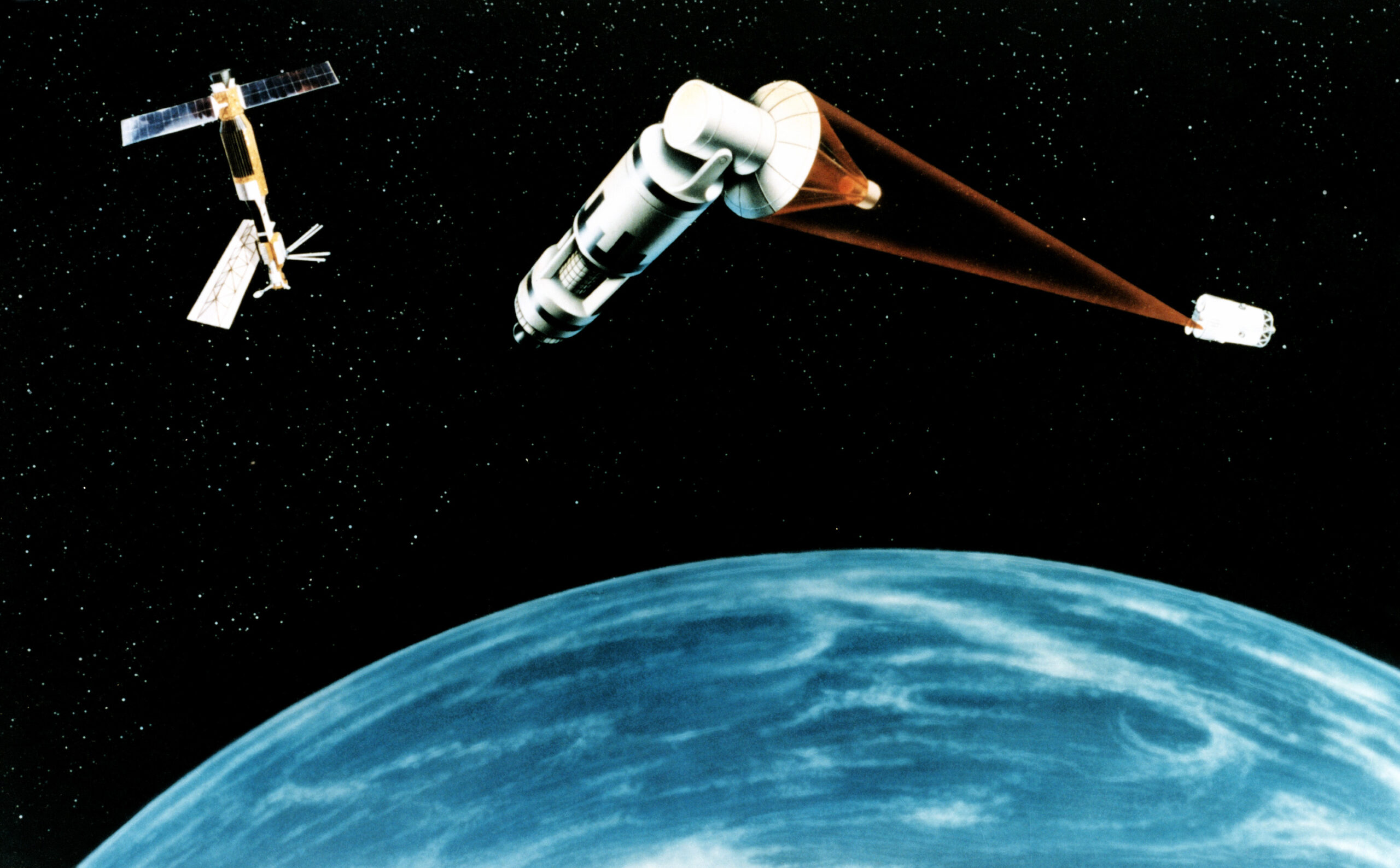

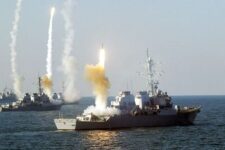
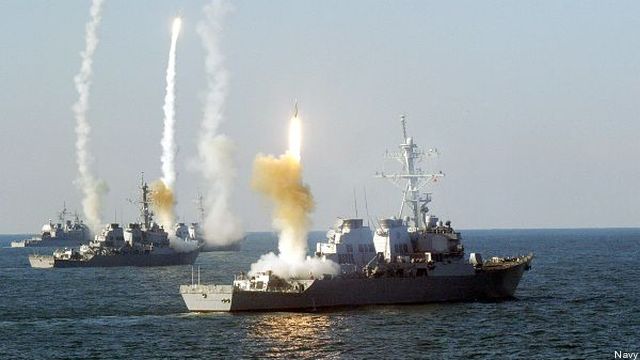

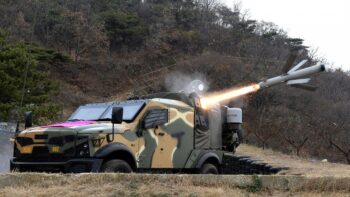
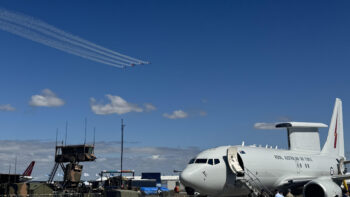
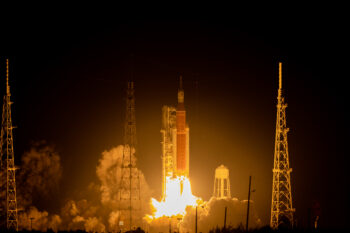

What should the United States and its allies do to improve their ability to stop North Korean missiles? Enhanced missile defense performance would be the best guarantee against a North Korean breakout. Should fighting occur, missile defense performance will determine how much of a time cushion is available to U.S. and allied offensive forces…
By Jon Glassman